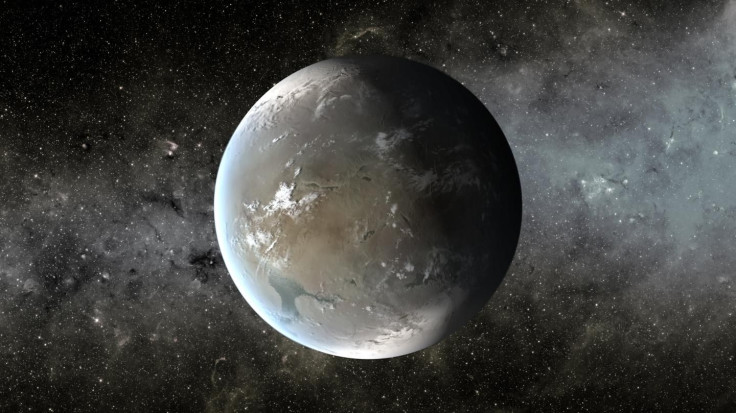Climate On These Potentially Habitable Exoplanets Might Be Stable, Just Like Earth

A new study exploring the dynamics of two potentially habitable exoplanets sitting hundreds of light years away from Earth has revealed that the climate on these worlds might be stable, very much like that prevailing on Earth.
Identified more than four years ago, exoplanets Kepler-186f and Kepler-62f sit within the habitable zone or the so-called "Goldilocks" zone of their host stars — the place where the amount of stellar heat reaching a planet is just enough to allow liquid water to pool on its surface.
While the ability to host liquid water makes these worlds special candidates for attention, it is not the only thing required to make conditions suitable for habitability. Factors like climate and the ability to hold on to an atmosphere also play a vital role, something that prompted researchers from Georgia Technical University to conduct a thorough study.
In a bid to understand the climatic conditions prevailing on the two exoplanets, the group ran a series of simulations to delve into the dynamics and evolution of their axial tilt.
The angle at which a planet’s axis is tilted determines how much starlight reaches the surface. This drastically affects how climate and seasons on the world in question are regulated. For instance, if there is a large variation in the axial tilt, the climate on a planet could be very unstable, just like how it was on Mars.
"Mars is in the habitable zone in our solar system, but its axial tilt has been very unstable — varying from zero to 60 degrees," Gongjie Li, the lead author of the study, said in a statement. "That instability probably contributed to the decay of the Martian atmosphere and the evaporation of surface water."
However, that is not the case with the two exoplanets, the researchers found. According to their simulations, Kepler-186f and Kepler-62f both witness much smaller axis tilt variations, which suggests the climate is stable and the seasons are regular on the two worlds, much like that on Earth. Out planet’s axial tilt wobbles back and forth from 22.1 to 24.5 degrees every 10,000 years or so.
"Our study is among the first to investigate climate stability of exoplanets and adds to the growing understanding of these potentially habitable nearby worlds," Li added in the statement. While this finding does not indicate that the two exoplanets can host life, it does suggest that they make great candidates for that possibility.
Axial tilt variations, as the researchers described, are a result of interaction between bodies in the same system. When planets interact, the resulting gravitational influence can make the orientation angle of their orbit oscillate. And, if the speed of this oscillation is same as the precession of the planet's spin axis (as seen in the circular motion of a gyroscope), the axis of the planet can witness dramatic variation.
Our neighboring planets are subject to the same interaction, but Earth has a large Moon which increases our planet’s spin axis precession and ensures that it differs from orbital oscillation rate. This way it stabilizes the variation in our axial tilt compared to that of Mars, providing us with stable climatic conditions.
"It appears that both exoplanets are very different from Mars and the Earth because they have a weaker connection with their sibling planets," Li added. "We don't know whether they possess moons, but our calculations show that even without satellites, the spin axes of Kepler-186f and 62f would have remained constant over tens of millions of years," he concluded.
The study, titled “Obliquity Variations of Habitable Zone Planets Kepler 62-f and Kepler 186-f,” was published in the Astronomical Journal.
© Copyright IBTimes 2024. All rights reserved.





















